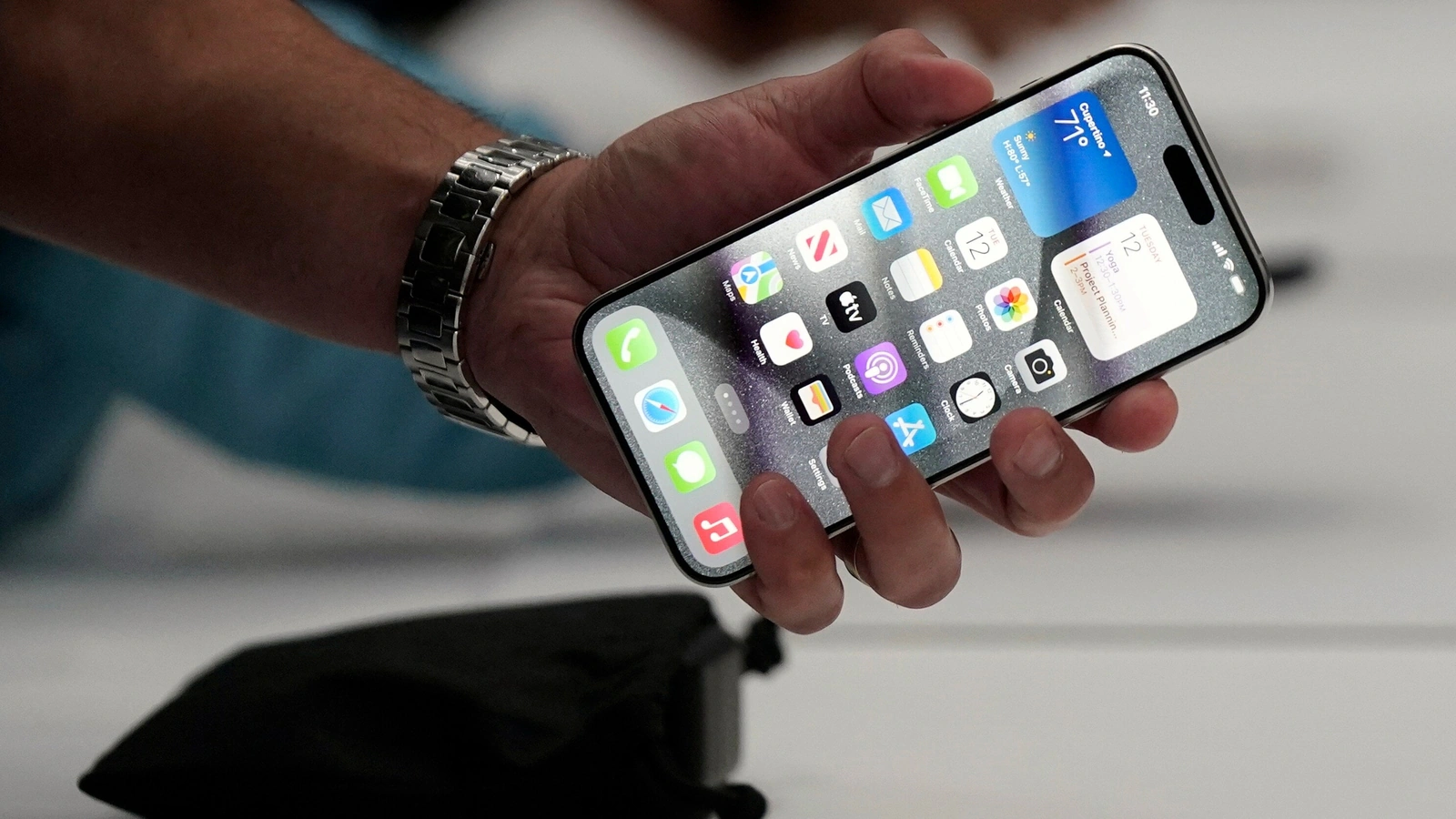In a move to bolster Android security, Google has quietly begun rolling out a new “triple lock” update to enhance device protection against theft. This update, leaked by a reputable Android source, introduces three new features designed to deter thieves and safeguard user data. This is particularly relevant now, with rising concerns about smartphone theft and data privacy. While Google hasn’t officially announced these features, they are reportedly being rolled out via Google Play Services to Android 10 and above devices. This server-side update allows Google to push the features to a wider audience quickly, without relying on individual device manufacturers.
This “triple lock” approach combines three key security enhancements: Theft Detection Lock, Offline Device Lock, and Remote Lock. Each of these features tackles a different aspect of device security in case of theft, providing a layered defense mechanism.
Theft Detection Lock leverages a combination of device sensors, Wi-Fi connections, and Bluetooth connections to detect if a phone has been abruptly snatched away. If suspicious activity is detected, the device will automatically lock itself, preventing unauthorized access.
Offline Device Lock activates if a thief attempts to disable internet connectivity, a common tactic to prevent location tracking and remote wiping. This feature ensures the device remains locked even when offline, making it significantly harder for a thief to bypass security measures.
Remote Lock allows users to lock their device remotely using their phone number and a security challenge. This feature provides an additional layer of control, enabling users to secure their device even if the other security measures have been bypassed.
Diving Deeper into the Triple Lock Update
While the basic premise of the triple lock update is clear, several questions remain about its implementation and effectiveness. Let’s explore these in detail:
- How reliable is the Theft Detection Lock?
The success of Theft Detection Lock hinges on its ability to accurately differentiate between normal usage and theft. It’s crucial that the system avoids false positives, which could lead to frustrating lockouts for legitimate users. Google will need to ensure the algorithm behind this feature is robust enough to handle various real-world scenarios and minimize errors.
- Sensor Integration: How effectively does the system utilize various sensors like accelerometers, gyroscopes, and proximity sensors to detect snatching motions?
- Environmental Factors: Can the system adapt to different environments and usage patterns? For example, will it trigger if the phone is dropped accidentally or handed off to another person quickly?
- User Customization: Will users have the option to adjust the sensitivity of the theft detection feature to match their individual needs and preferences?
- What happens when a device is Offline Device Locked?
While Offline Device Lock prevents thieves from disabling internet connectivity, it also raises questions about data accessibility for the legitimate user.
- Data Recovery: If a phone is offline locked, how can the owner regain access to their data? Will they need to connect to a specific network or use a recovery code?
- Remote Wipe: Will users still be able to remotely wipe their device if it’s offline locked? This is crucial to prevent data breaches in case the device cannot be recovered.
- Emergency Access: Will there be any provisions for emergency access to essential information like medical IDs or emergency contacts even when the device is offline locked?
- How secure is the Remote Lock feature?
The effectiveness of Remote Lock depends on the strength of its authentication process.
- Two-Factor Authentication: Will the Remote Lock feature utilize two-factor authentication to prevent unauthorized access even if someone gains access to the user’s phone number?
- Account Recovery: What happens if a user forgets their security challenge or loses access to their phone number? Will there be a secure account recovery process?
- SIM Swapping Protection: Will the system have measures to prevent SIM swapping attacks, which could allow thieves to gain control of the user’s phone number?
- Will these features impact battery life?
Continuous monitoring of sensors and network connections could potentially impact battery life.
- Optimization: Has Google optimized these features to minimize battery consumption?
- User Control: Will users have the option to disable or adjust the frequency of these security checks to conserve battery life?
- What about user privacy?
While these features enhance security, they also raise concerns about data collection and privacy.
- Data Usage: What data is collected by these features, and how is it used by Google?
- Transparency: Will Google provide clear and concise information about data collection practices related to these features?
- User Control: Will users have control over what data is collected and how it is used?
The Future of Android Security
The triple lock update signifies Google’s commitment to enhancing Android security. However, the fight against smartphone theft is an ongoing battle. As thieves develop new tactics, security measures must evolve to stay ahead. This update is likely just one step in a continuous process of improvement.
Here are some potential future developments in Android security:
- AI-powered Threat Detection: Utilizing machine learning to identify suspicious patterns and proactively prevent theft.
- Enhanced Biometric Authentication: Improving the security and reliability of fingerprint sensors, facial recognition, and other biometric authentication methods.
- Secure Enclaves: Storing sensitive data in isolated, hardware-protected areas within the device.
- Blockchain-based Security: Leveraging blockchain technology to create tamper-proof security systems.
The Android triple lock update is a significant development in mobile security. By combining three powerful features, Google aims to make Android devices less attractive targets for thieves and better protect user data. While questions remain about the implementation and effectiveness of these features, the update represents a positive step towards a more secure mobile experience.
As users, it’s important to stay informed about these security enhancements and utilize them effectively. By understanding how these features work and taking advantage of the available security options, we can all contribute to a safer Android ecosystem.









Add Comment